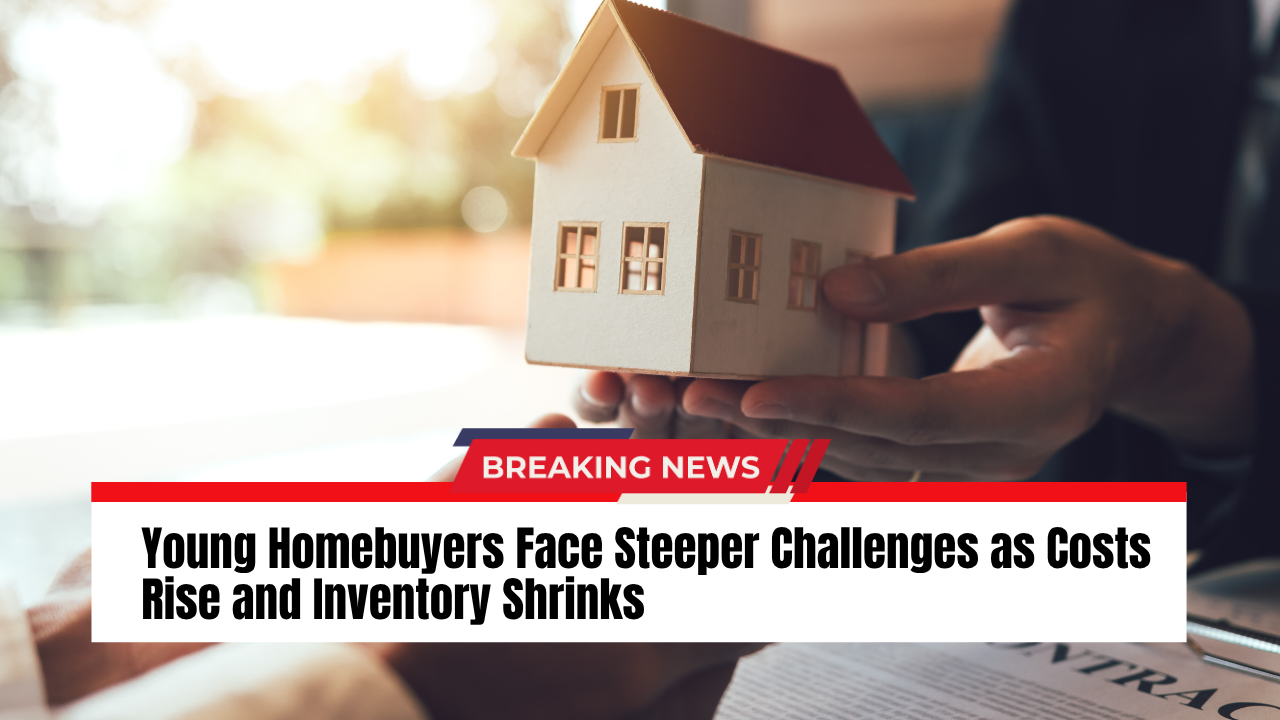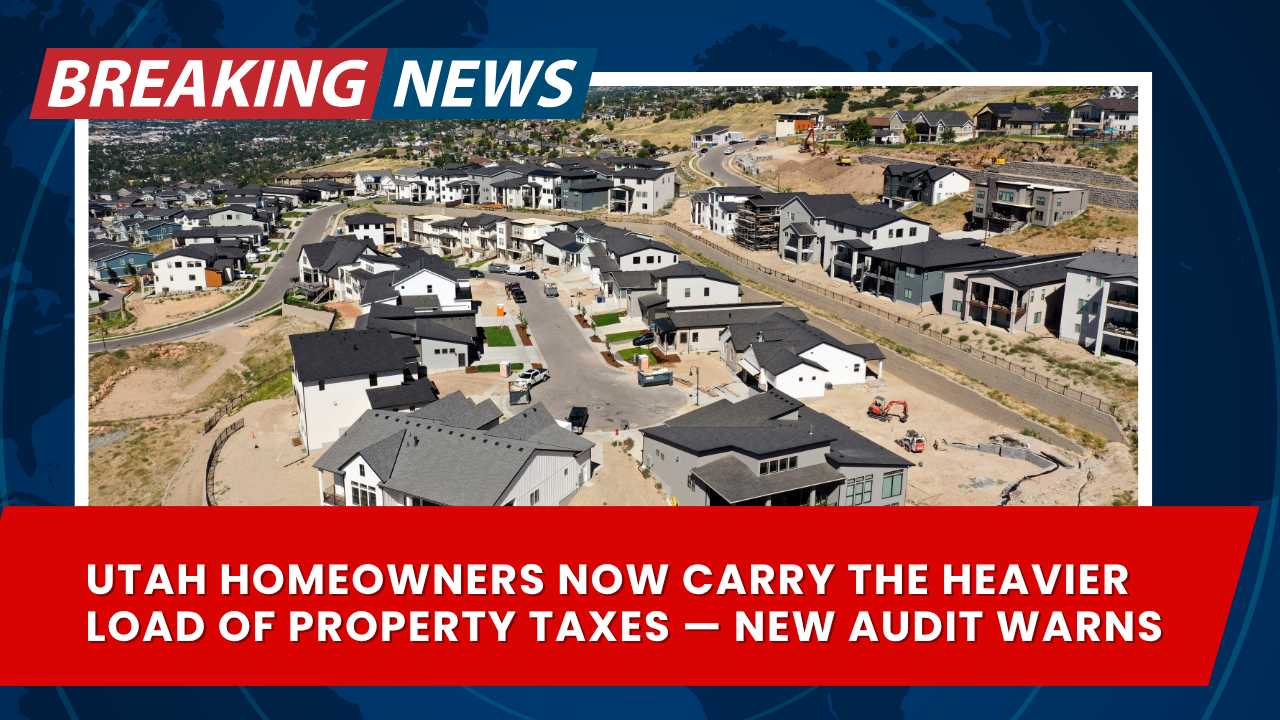Young Americans are losing more ground in the U.S. housing market as high prices, limited inventory, and competitive cash offers from older buyers continue to push first-time homebuyers out of reach, according to a new report released Nov. 4 by the National Association of Realtors.
The share of first-time homebuyers dropped to 21% of all buyers between July 2024 and June 2025, the lowest level recorded in over four decades. Meanwhile, the median age of first-time buyers has climbed to 40, far above the late-20s median seen in the 1980s.
Older, Repeat Buyers Dominate
A key shift in the housing market has been the growing presence of repeat buyers — often older, wealthier, and more likely to make cash offers or large down payments. The median age of repeat buyers reached 62, the highest in the report’s 44-year history, making it increasingly difficult for younger buyers with smaller budgets to compete.
States have attempted to ease the problem through down payment assistance and subsidized mortgage programs, but funding has not kept pace with need. For example:
- Michigan quickly exhausted its new first-generation homebuyer funding.
- Florida continues offering assistance, though demand remains high.
- Utah Gov. Spencer Cox has proposed aggressive zoning reforms to create 35,000 starter homes, including overriding local regulations — an effort that previously stalled in the legislature.
Cox noted rising frustration as families consider leaving the state in search of affordability: “I don’t want my grandkids to be in Indiana,” he said, referencing one of his children weighing relocation due to housing costs.
Fewer Affordable Homes to Choose From
Middle-income earners are especially constrained. The availability of starter homes has dwindled, and buyers are increasingly prioritizing neighborhood quality (59%) and proximity to family and friends (47%) rather than commute times, which have dropped significantly as a deciding factor.
Some buyers are facing additional obstacles due to federal policy delays. The ongoing government funding stalemate has temporarily impacted federal flood insurance contract approvals, leaving buyers in certain flood zones unable to finalize purchases unless they secure costlier private insurance.
Affordability Near Historic Lows
According to the Federal Reserve Bank of Atlanta, monthly mortgage payments on the median-priced home now consume nearly 50% of the median household income. A home is generally considered affordable when costs are 30% or less — a threshold the market has not seen since 2021.
Regional trends vary:
- Prices in the Midwest are rising fastest due to relative affordability attracting more buyers.
- The Northeast faces increasing costs driven by scarce housing supply.
- Parts of the South, including Texas and Florida, have seen slight pricing relief due to new home construction.
New Assistance Programs, But Demand Outpaces Supply
Government and financial institutions are introducing programs aimed at helping first-time and first-generation buyers, including:
- New York State’s manufactured starter home initiative using nonprofit-owned land.
- California’s Dream For All program, offering up to $150,000 in down payment help — currently closed until 2026 due to high demand.
- The Federal Home Loan Bank of Cincinnati expanded its $25,000 down payment assistance program across Kentucky and western Tennessee.
Despite these efforts, experts agree that progress remains slow and uneven — and without expanded construction and zoning reform, affordability challenges for young buyers are expected to continue.



